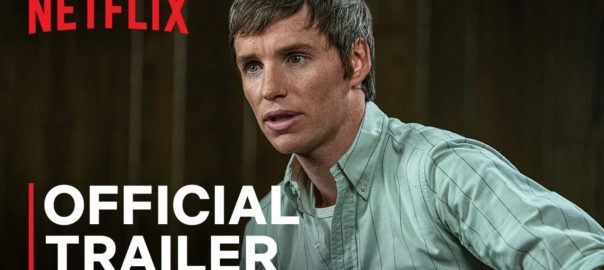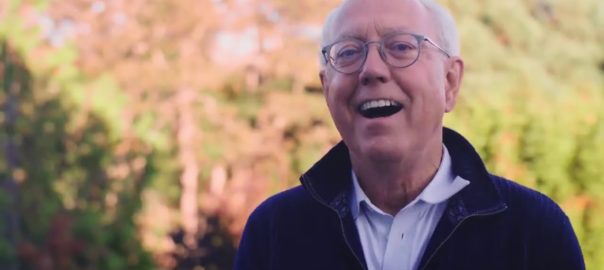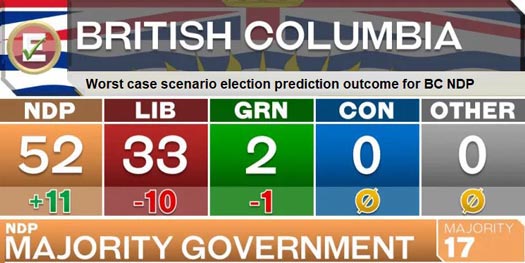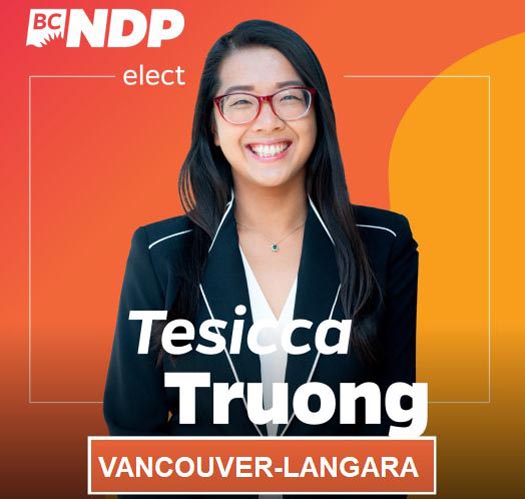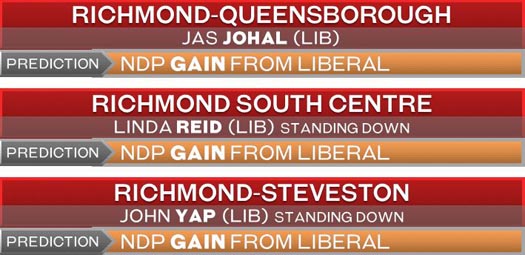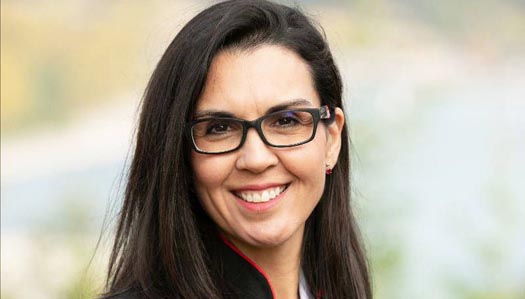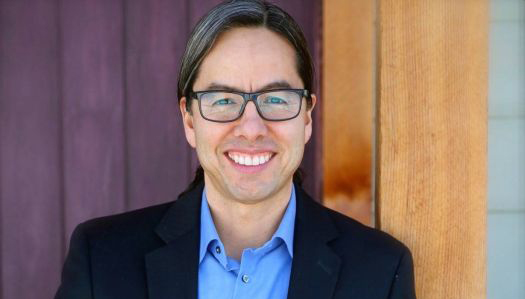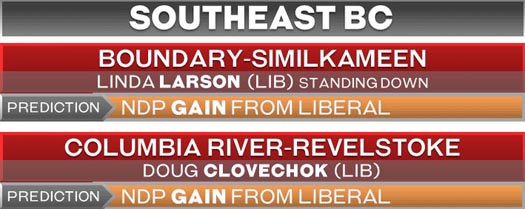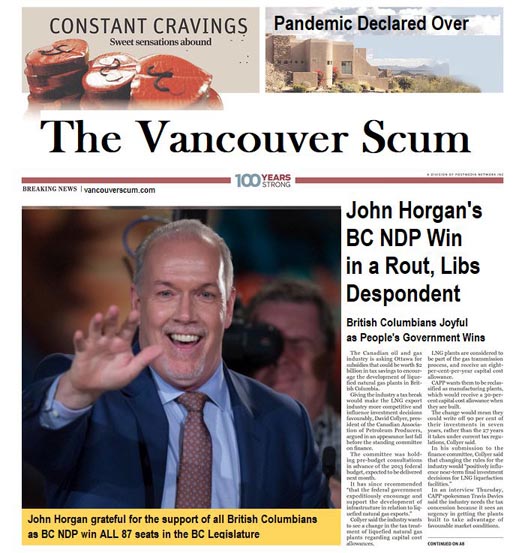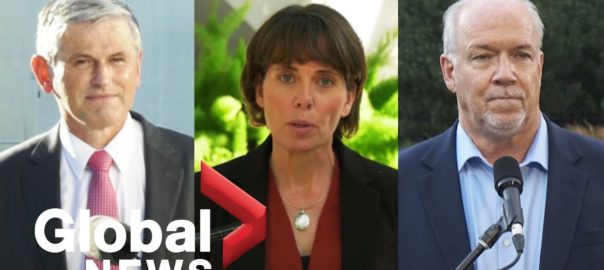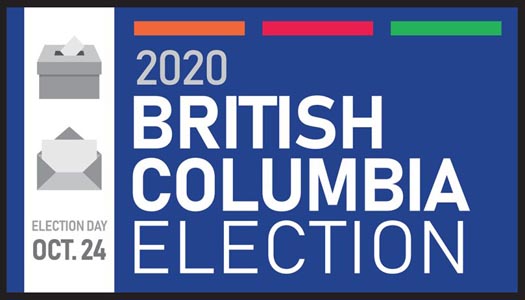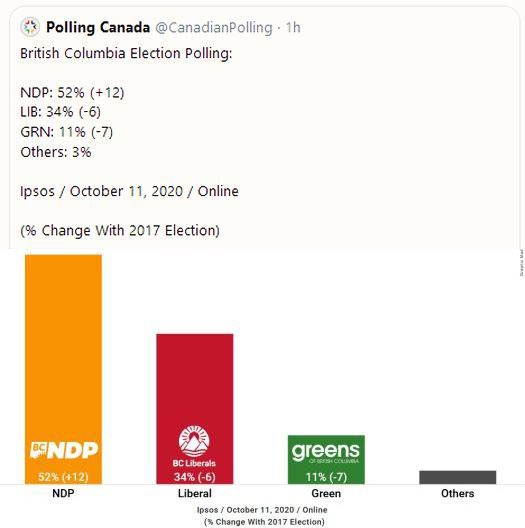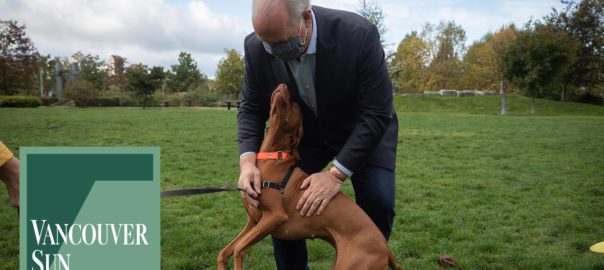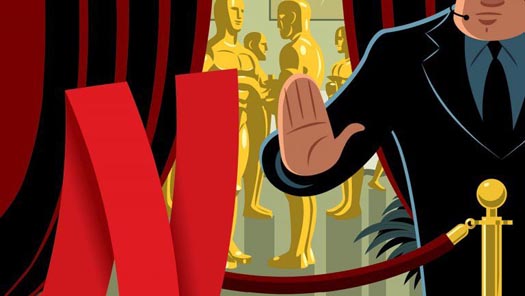
In 2019, Netflix landed its first Oscar nomination for Best Picture with the release of Alfonso Cuarón’s critically acclaimed Roma. A year later, the streaming service was leading the field with 24 Oscar nominations, including Best Picture nods for both The Irishman and Marriage Story.
As Netflix’s impact on the world of cinema became increasingly undeniable, the younger and more diverse film academy was no longer prepared to shun the streaming service as the old Hollywood guard tried to do. Earlier this year, on April 28th, responding to the changes that COVID-19 had wrought, the Academy of Motion Picture Arts & Sciences removed the stipulation that a movie must be shown in a theatre before it could become eligible for the coveted Best Picture Oscar nomination.
And thus the stage was set for an Oscar ceremony in 2021 the likes of which no one will have ever seen before, with at least seven Netflix releases eligible for a Best Picture nomination, with each of those films set for Oscar nominations, ranging from Best Actor and Actress, Supporting Actress and Actor, to Best Director, Music, Sound and technical awards.
Today on VanRamblings, the Netflix features set to dominate Oscars 2021.
For the upcoming Academy Awards — delayed due to the pandemic until Sunday, April 25th — Netflix has pulled out all the stops. Already streaming, there’s Spike Lee’s Best Picture contender Da 5 Bloods, Gina Prince-Bythewood’s well-mounted action thriller The Old Guard, and Charlie Kaufman’s screenplay contender, I’m Thinking of Ending Things.
And, available today on Netflix, there’s writer-director Aaron Sorkin’s The Trial of the Chicago 7 which is, as Variety lead critic Owen Gleiberman writes, “a knockout, and the rare drama about the 1960s that’s powerful, authentic and moving enough to feel as if it were taking place today, a briskly paced and immersive film bristling with Sorkin’s distinctive verbal fusillades, a cinematic powder keg of film with a serious message that seamlessly blends a conventional yet compelling courtroom procedural with protest reenactments and documentary footage, the film offering an absorbing primer of a ruefully meaningful period in American history.”
Due to arrive on Netflix on Tuesday, November 24th — on the eve of American Thanksgiving — director Ron Howard’s big budget film adaptation of J.D. Vance’s autobiographical best-seller, Hillbilly Elegy offers a powerful account of growing up in a poor Rust Belt town, that also provides broader, probing insight into the struggles of America’s white working class.
A passionate and personal analysis of a culture in crisis, Glenn Close and Amy Adams are at the centre of Howard’s film, and solid prospects for Best Actress and Best Supporting Oscar nods. Howard will be in the mix, as well.
Netflix will release David Fincher’s Mank in select theatres in November before the black-and-white film begins streaming on December 4th.
The Hollywood-centric period piece follows alcoholic screenwriter Herman J. Mankiewicz (certain Best Actor nominee Gary Oldman) as he races to finish the screenplay for Orson Welles’ 1941 masterpiece Citizen Kane. That classic picture was fraught with behind the scenes drama, as Mankiewicz and Welles argued over credit and who wrote what, which became even more important once the film won the Oscar for Best Original Screenplay.
The original script for Mank was written by Fincher’s father, Jack Fincher, so this project certainly means a lot to the filmmaker. Mank boasts a running time of 2 hours and 11 minutes, so it won’t be quite as long as Zodiac or The Curious Case of Benjamin Button, not that Fincher ever wastes a single frame. The film is expected to be a major awards contender for Netflix.
Ma Rainey’s Black Bottom. George C. Wolfe directs, Denzel Washington produces, and Oscar-winner Viola Davis (Fences) stars as Ma Rainey in Ruben Santiago-Hudson’s adaptation of the hit August Wilson Broadway play. The late Chadwick Boseman and If Beale Street Could Talk star Colman Domingo play members of Rainey’s ’20s jazz band.
Awards prospects: Ambitious trumpeter Levee was 43-year-old Boseman’s final role before succumbing to his private battle with colon cancer in August; he looks rail thin in film stills. Posthumous Oscars went to Heath Ledger (The Dark Knight) and Peter Finch (Network) among others. In this case, with the beloved Black Panther star also in the running for his supporting role as a U.S. Army soldier in Vietnam in the Spike Lee joint, Da 5 Bloods, many believe that it’s likely Boseman will wind up in the Best Actor category for Ma Rainey, with Davis as Best Actress. Like Mank, the elaborate period setting should be attractive to Academy craft branches.
Release date: In theatres early December, streams on Netflix December 18.
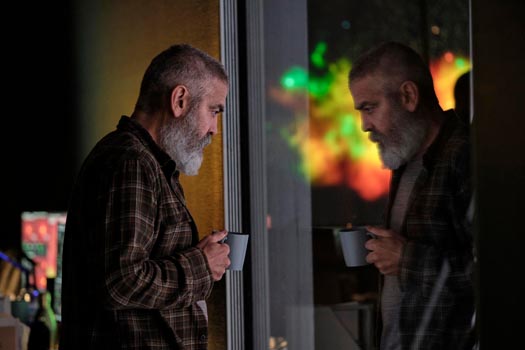
Oscar-winner and Hollywood icon George Clooney directs The Midnight Sky, a sci-fi thriller with a script by Mark L. Smith (The Revenant) based on the Lily Brooks-Dalton novel about an Arctic scientist (Clooney) attempting to warn a NASA spaceship astronaut (Felicity Jones) not to return to doomed planet Earth. Awards prospects: Netflix took advantage of the London Film Festival this month (October 2 – 18) with a tribute to Clooney, complete with clips. Critical reaction will determine whether The Midnight Sky will figure in the Oscar sweepstakes, but Clooney (Syriana) has delivered in the past, as has Oscar-nominated Jones (Theory of Everything).
Release date: In theatres early December, Netflix début to be announced.
